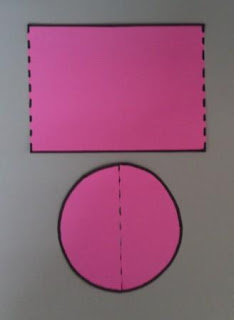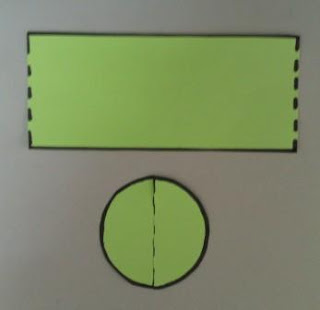
ALTERNATIVE ASSESSMENT FOR ELEMENTARY SCHOOL MATHEMATICS
Theme: Sports commentary on school’s Annual Running Fiesta Special Event
Method of Assessment: Observation
Topics in Mathematics: Speed, Time and Distance
Objective:
1.) To assess students’ interpretation of speed, distance and time in an alternative assessment method using observation.
Brief Outline:
- A video clip of the school’s running fiesta special event was recorded involving the best 2 runners in the school. Students doing the math assessment are given a graph on the running performance (distance vs time graph) of the two best runners in the school.
- Using the performance graph, students are required to interpret the performance of the individual runners and use the interpreted results to produce a simulated commentary on the race (assuming the role of a sports commentator). Students are also required to answer the key questions given below to generate interpreted results which further prompt them (as scaffolding to commentary activity) in producing the commentary and post-run performance summary.
- Equipped with the interpreted results, students do an individual audio recording while watching the video recording of the running event in the school’s computer lab, simulating how a sports commentator will comment on the running event..
- Students are graded according to their ability to:
answer the key questions correctly
use their interpreted results to produce a commentary
Key Questions:
With the performance graph, students interpret the performance of the runners at different points of the event:
1. Who was the faster/slower runner after the first quarter of the distance (600metres)?
2. Who had the greatest acceleration/ deceleration in the race?
3. At which point of time/distance did the two runners ran neck-to-neck?
4. At what point of time/distance did the two runners run neck-to-to neck again? What happened?
5. What were their fastest speeds of the runners during the race?
6. What were the average speeds of the runners in the race? What are the differences between the fastest and the average speeds?
7. Did the fastest runner run with a more constant speed or with more variations in speed throughout the race than the other runners?
- Journal Writing: Students write a reflection on their learning journey to identify their key learning points. (e.g. can I use the same method to benchmark my own running performance?)
Reflection on how this alternative assessment will help students on the topic on speed:
This mode of assessment helps pupils to associate speed to daily life. Maths problems on the topic of speed usually include questions involving transportation, running or walking distance. Pupils might not be able to understand how fast or how slow the speed of a particular person or object is. They may not even know that everyday, their life involves speed. Through this mode of assessment, pupils will also understand why the formula for speed will be as such instead of just memorizing a formula. Furthermore, this mode of assessment is interesting as pupils take on the role of sports commentator. Instead of just calculating the speed of an object or a person, taking on the role of sports commentator allows them to predict whether someone will win a race from what they observe. They can also see how constant speed is being put to play. This mode of observation also caters to diverse needs of the class for example pupils who are more verbal.




















 Being able to break up the figure into basic shapes is the first step towards solving the problem. Once students are able to do so, they can then proceed to find the area and perimeter of the shaded parts. There are more than one ways or method to solve the above problem. Students are free to choose how they want to solve the problem. They will then share their methods with the whole class during the presentation.
Being able to break up the figure into basic shapes is the first step towards solving the problem. Once students are able to do so, they can then proceed to find the area and perimeter of the shaded parts. There are more than one ways or method to solve the above problem. Students are free to choose how they want to solve the problem. They will then share their methods with the whole class during the presentation.













